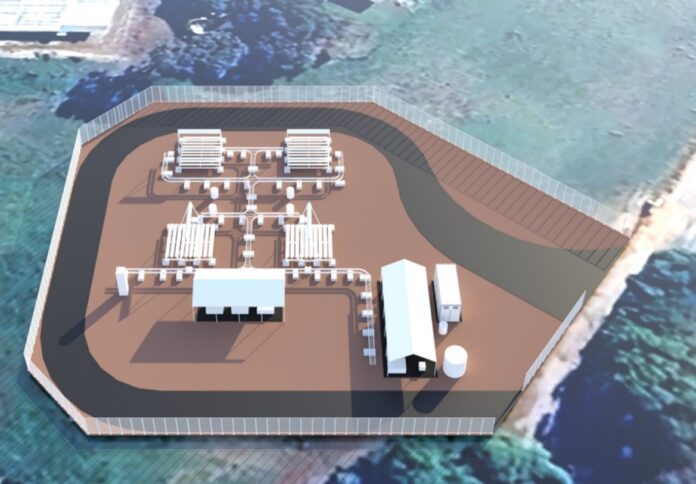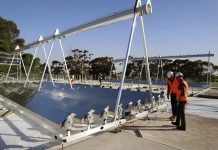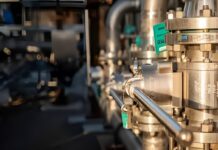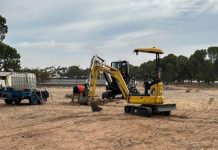
Sparc Technologies Limited has taken a major step forward in its research and development by filing an Australian provisional patent application for its new photocatalyst coatings.
This development comes after over 12 months of collaborative work with the University of Adelaide, focusing on improving photocatalytic water-splitting (PWS) reactors that produce green hydrogen, the company said in a news release.
“The lodgement of this provisional patent application is significant not just insofar as the technology’s potential to improve the cost and efficiency of photocatalytic water splitting systems, but also the synergies it demonstrates between Sparc’s coatings and polymers expertise,” said Sparc Managing Director Nick O’Loughlin.
The patent application is based on a series of advancements in substrates, coating methods, and delivery systems within PWS reactors, all aimed at enhancing solar-to-hydrogen efficiency and reducing operational costs.
Initial proof of concept has shown that an analogue photocatalyst material can significantly improve the current methods for coating and delivering particulate photocatalysts, leading to better durability and handling.
“Results in the lab are very encouraging and given the nascent stage of the PWS industry, there is strong potential to deliver a highly relevant and complementary platform technology protected by IP which is 100% owned by Sparc Technologies,” O’Loughlin added.
Much of this groundbreaking work has been conducted at the University of Adelaide, with funding provided by Sparc Technologies.
The techniques outlined in the provisional patent are expected to be highly relevant for Sparc Hydrogen’s PWS reactors, although their application is not limited to this specific area.
Sparc is further supporting this research by funding a two-year Masters scholarship at the University of Adelaide, which began in July 2024.
Sparc Hydrogen’s approach to Photocatalytic Water Splitting (PWS) distinguishes itself from conventional methods of green hydrogen production by offering a method that bypasses the need for renewable energy sources like solar or wind farms and eliminates the reliance on expensive electrolysers.
This addresses a key challenge in the emerging green hydrogen industry—the high cost of renewable power.
Sparc Hydrogen’s technology uses a photocatalyst material, activated by sunlight, to produce ‘ultra-green’ hydrogen directly from water. This hydrogen can be used as a clean fuel or feedstock, helping to decarbonise industries that are difficult to abate.
Notably, PWS does not require electricity for hydrogen production, which separates green hydrogen costs from energy expenses.
According to Sparc, the simplicity of PWS, which directly converts solar energy to hydrogen, presents a potential for very low production costs.
Furthermore, since sunlight is the only energy input, the process results in 100 per cent emissions-free hydrogen.
Sparc Hydrogen’s system leverages concentrated solar infrastructure, offering flexibility and scalability, making it especially advantageous in off-grid and remote locations where traditional energy sources might be limited.


















